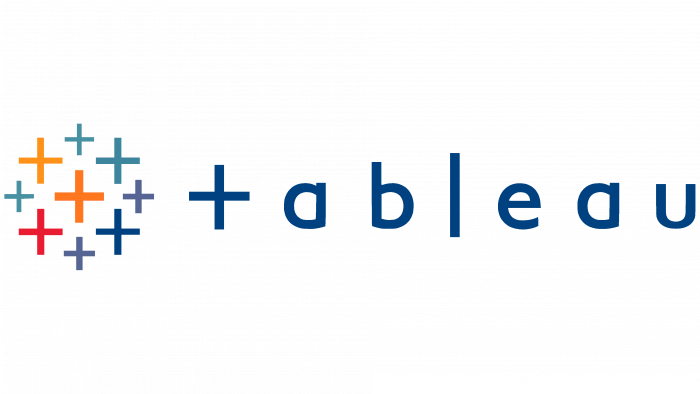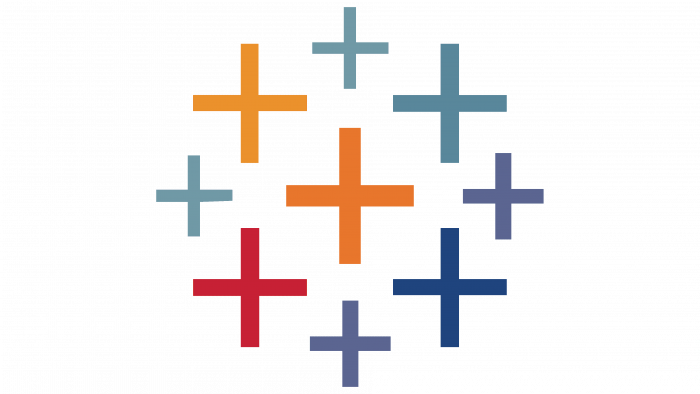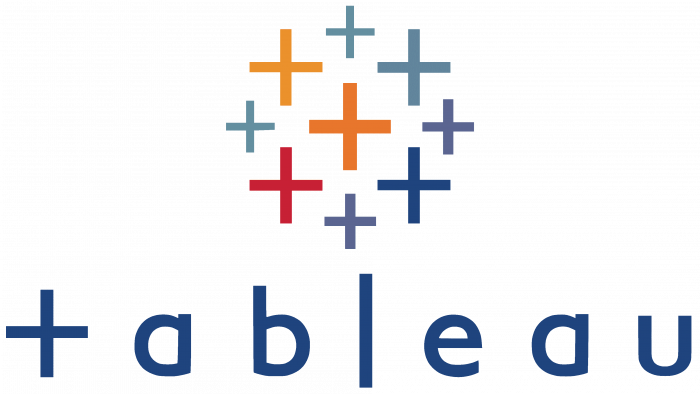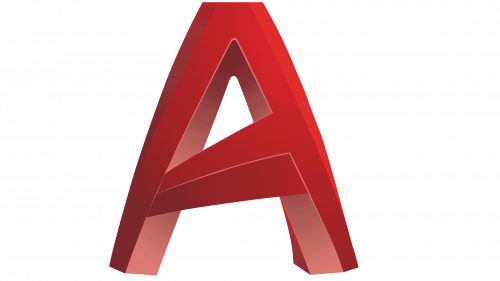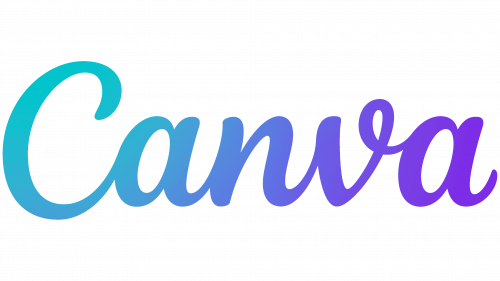Visual accountability, rigor, and order are visible in the symbols of the emblem. The Tableau logo is full of counting and registering various metrics that form a general idea of the company’s performance.
Tableau: Brand overview
Meaning and History
This company was founded much earlier than 2003. Until that time, it just functioned as a commercial research center. These were from 1999-2002, and in 2003, the service was officially registered and transferred to an independent company. The head office was relocated from Mountain View to Seattle a year later.
Until 2016, the head of the research service was Christian Chabot, who was replaced as CEO by Adam Selipsky from Amazon. Under his leadership, a new office building was built in Wallingford (in 2017), and the headquarters was opened in Fremont. In 2018, the firm bought Empirical Systems, an AI-powered deep-learning digital startup in Cambridge, Massachusetts.
What is Tableau?
This is the name of the American software company and its flagship product – a program for business intelligence and visual presentation of data. Despite its success, Tableau Software was discontinued in 2019 when it became part of Salesforce.
Another decisive period in the software company’s history was the year 2019, when Salesforce, a US concern for the development of cloud storage, bought the shares of Tableau. But despite the takeover, the service is still operating, improving, and developing its technologies. In 2021, he changed the head again because Amazon invited Adam Selipsky back, offering him the head of Amazon Web Services. Instead, Mark Nelson took over.
Today, this company is very successful and recognizable. In 2008, she won the Codie Award and was named the Best Business Intelligence Solution by the Software and Information Industry Association. For nine years in a row (2012-2021), she led the Gartner Magic Quadrant. Moreover, the service has been using the same logo as it was received at its appearance all this time.
The visual identity sign comprises graphics and text, interconnected by several elements. The inscription is made using computer technology, and the letters are in the form of numbers. The developers used a laconic font in lowercase, removed the protruding parts from the characters, and unified them for the general design. As a result, all signs received external similarity. The lowercase “l” consists of a single vertical line and looks like a special element (|), while “t” looks like a plus (+). The inter-letter space is large, so the text is perceived as an integral formula.
On the left side of the inscription, there is a graphic image. It contains many multi-colored plus signs (+), which are stylized “t” – the first letter of the word “Tableau.” The symbols are randomly arranged and vary in size. However, there is a system in their scatter: they denote a virtual cloud – digital information storage developed by this company. The signs are placed in a circle and do not go beyond it. The background for the word and icon is a neutral white color.
Tableau: Interesting Facts
Tableau Software is a key player in interactive data visualization and business intelligence, providing tools that empower users to explore, visualize, and disseminate data insights easily.
- Origins and Educational Beginnings: Initiated in 2003 by Christian Chabot, Pat Hanrahan, and Chris Stolte, Tableau sprang from a Stanford University endeavor led by Professor Hanrahan, who had earlier contributed to Pixar’s foundation—the project aimed to enhance individuals’ capacity to comprehend extensive data.
- Product Launch and Evolution: With the introduction of Tableau Desktop in 2004, the company brought data visualization within the grasp of those without technical backgrounds. Over time, Tableau has broadened its offerings, including Tableau Server, Tableau Online, and Tableau Prep, marking its substantial growth.
- Technological Breakthroughs: At the heart of Tableau’s offerings is “VizQL” (Visual Query Language), a pioneering technology that converts drag-and-drop gestures into data queries, rendering this data visually. This innovation has significantly streamlined data analysis and visualization processes.
- Joining Forces with Salesforce: In a strategic move in August 2019, Salesforce, a titan in CRM (Customer Relationship Management), acquired Tableau for $15.7 billion. This merger bolsters Salesforce’s analytics and visualization capabilities, granting users enriched data insights.
- User Community and Annual Gatherings: Tableau’s user base forms an active community that engages in regular interactions and knowledge exchange. The annual “Tableau Conference” unites data professionals from across the globe for a confluence of learning, networking, and sharing best practices.
- Public Engagement Platform: Tableau Public, a complimentary service from Tableau, allows for the online publishing of interactive data visualizations. These visualizations, embeddable on websites and shareable on social media, democratize data storytelling for a broad audience.
- Supporting Education: Tableau champions the development of upcoming data professionals through its Academic Program, offering free software to educators and students at accredited institutions, fostering a skilled future workforce.
- Philanthropic Efforts: The Tableau Foundation, an offshoot of Tableau Software, dedicates itself to harnessing data and analytics to address global challenges. It collaborates with organizations worldwide to tackle health, poverty, equality, and environmental conservation issues.
- Industry Recognition: Over several years, Tableau’s distinction as a frontrunner in the Gartner Magic Quadrant for Analytics and Business Intelligence Platforms attests to its pivotal role and leadership within the data visualization and BI domain.
- Enhancing Accessibility: Committed to inclusivity, Tableau has refined its software to better accommodate individuals with disabilities, incorporating features like keyboard navigation and improved screen reader support to ensure comprehensive accessibility to data analytics.
Tableau Software’s intuitive platform and dedication to enhancing data empowerment have rendered it indispensable for entities ranging from businesses and research institutions to individual analysts aiming for informed decision-making.
Font and Colors
The designers chose the Benton Sans Book typeface for the—go-thin, chopped, reminiscent of Arabic numerals or mathematical signs. This parallel has been drawn intentionally since the creation of analytics and data visualization programs.
The corporate palette is of medium brightness: it has many colors but is in the pastel spectrum. The logo contains blue (basic), orange, yellow, red, gray-gray, and dark purple.
FAQ
What is the tagline of Tableau?
The tagline of Tableau is “We help people see and understand data.” This slogan represents the brand’s mission. It emphasizes a straightforward method for visualizing and comprehending complex data. The tagline conveys Tableau’s goal of making data accessible and understandable for everyone, improving data literacy, and supporting better decision-making through user-friendly data visualization tools.
What is Tableau used for?
Tableau is a leading data visualization tool primarily used for data analysis and business intelligence. This software allows users to create interactive dashboards that display data patterns, trends, and insights. It transforms raw data into easy-to-understand formats, helping organizations make quick, informed decisions. The brand can connect to virtually any data source, such as enterprise data warehouses, Microsoft Excel, or web data, and supports real-time data processing.
Is Tableau a registered trademark?
Yes, Tableau is a registered trademark. Although the trademark was acquired and is now part of Salesforce, it remains active and owned by copyright holders. This means the name, graphics, and other identifying elements are protected and cannot be used without permission. This protection helps preserve the brand’s unique identity and ensures its intellectual property is used correctly in the marketplace.
Can I use the Tableau logo?
You cannot use the Tableau logo without written permission from the company that owns the trademark rights. You must use the logo as it is, without any changes, and follow all the guidelines in the official branding guide. This ensures the logo is used properly and maintains the brand’s visual identity.
How do I change my logo in Tableau?
To change your logo in Tableau, ensure you have admin access to the server. Follow these steps:
- Login to the server: Access the server where Tableau is installed.
- Go to the command line: Depending on your server’s configuration, you can access the command line interface using Command Prompt or Terminal.
- Change directory: Type cd “C:\Program Files\Tableau\Tableau Server\9.0\bin” at the command prompt to change to the directory where Tableau is installed. If your installation path is different, change it accordingly.
- Update the logo: Enter the command tabadmin customize logo “C:\My Pictures\Logo.png”, replacing the path with the location of the new logo file.
- Reboot the server: To apply the new logo, restart the server by typing tabadmin restart.
This will update the logo in Tableau, helping you maintain brand consistency across your reports and dashboards.
How do I add a logo in Tableau?
To add a logo to your Tableau dashboard, follow these simple steps:
- Open the Dashboard: Open the dashboard in Tableau where you want the logo to appear.
- Insert the Image: Click the “Image” button on the toolbar to access the image options.
- Select Your Logo: Click “Choose” to browse your computer for the logo file. Select the logo you want to use. Tableau can handle various image formats, such as JPG and PNG.
- Place and Adjust: Once you select the logo, place it on your dashboard. You can adjust the size and position according to your layout and design needs.
